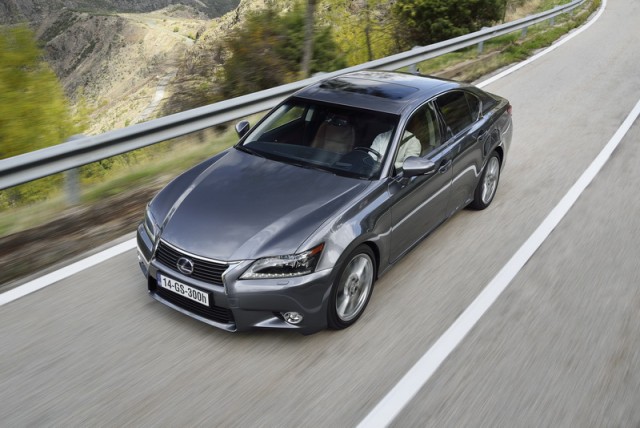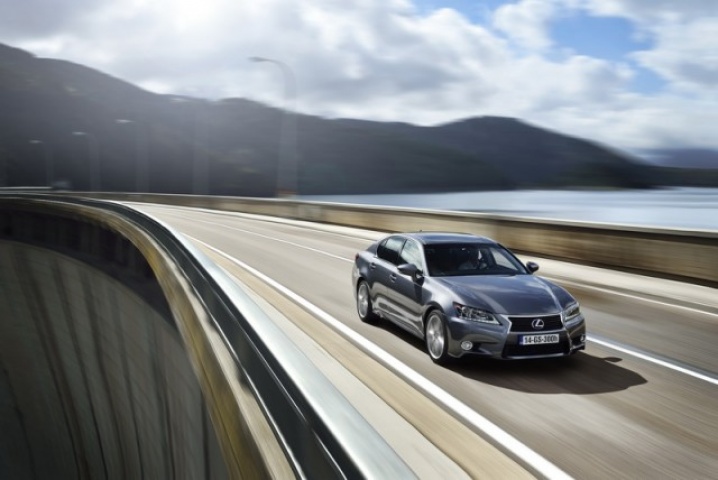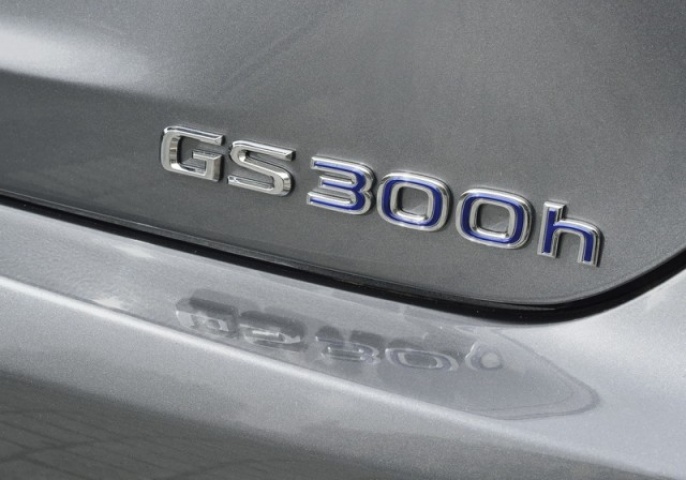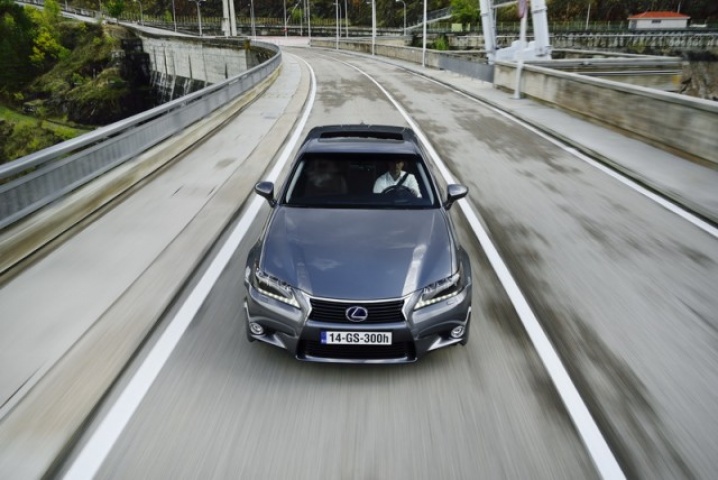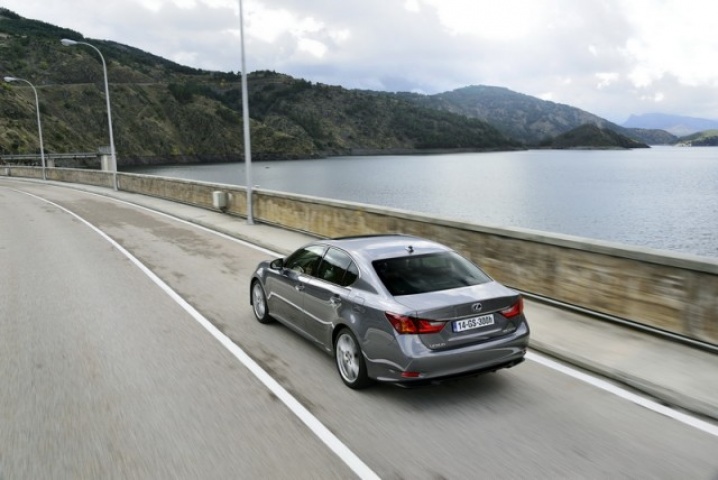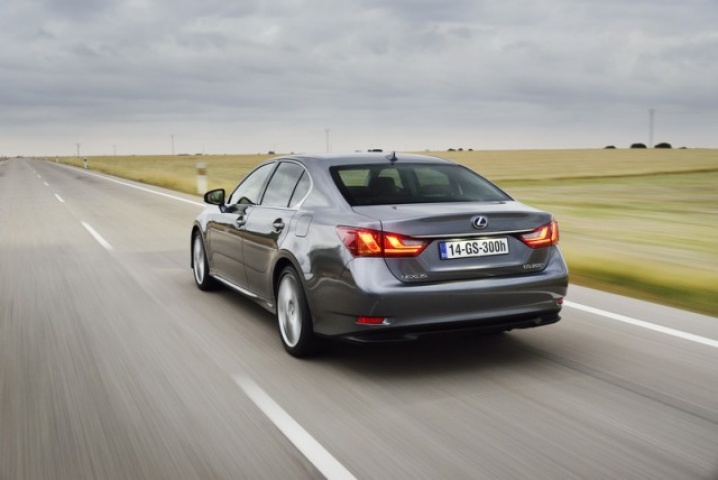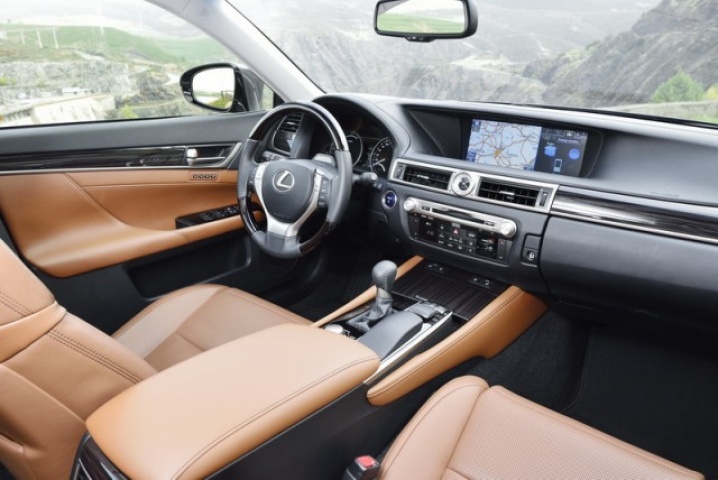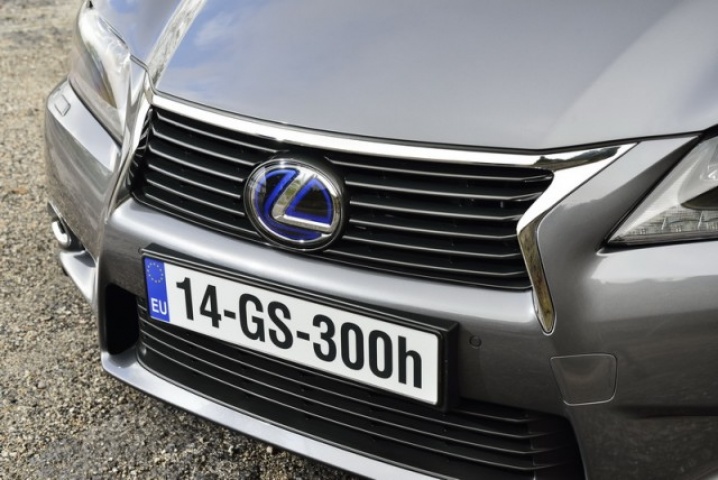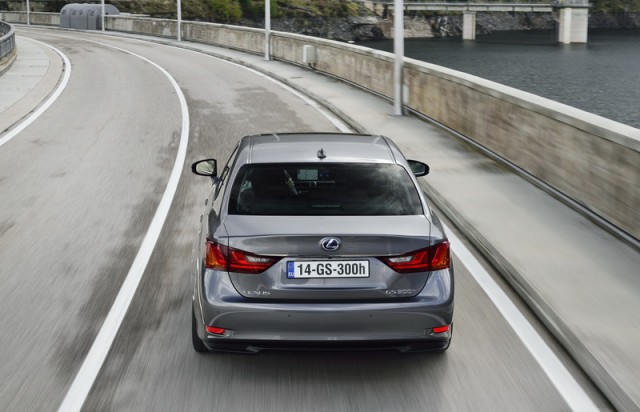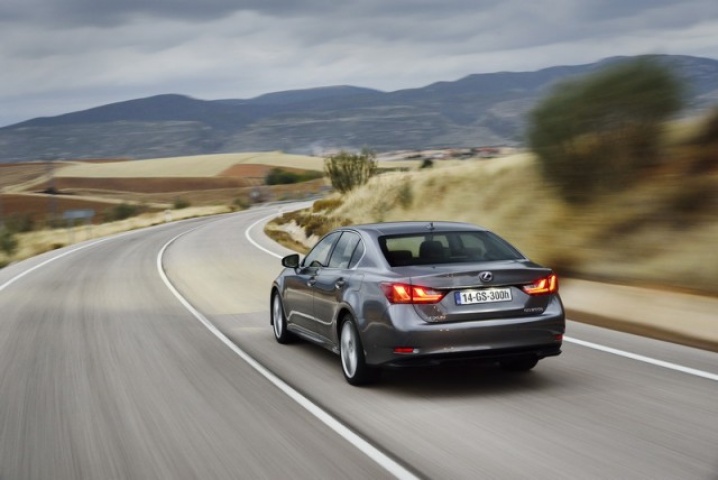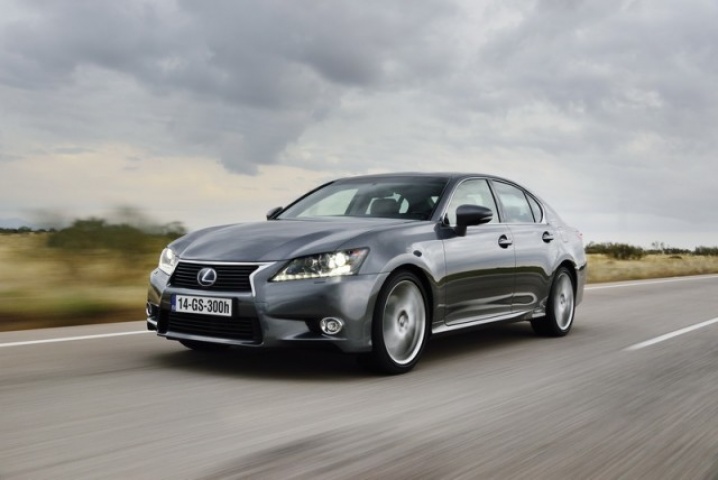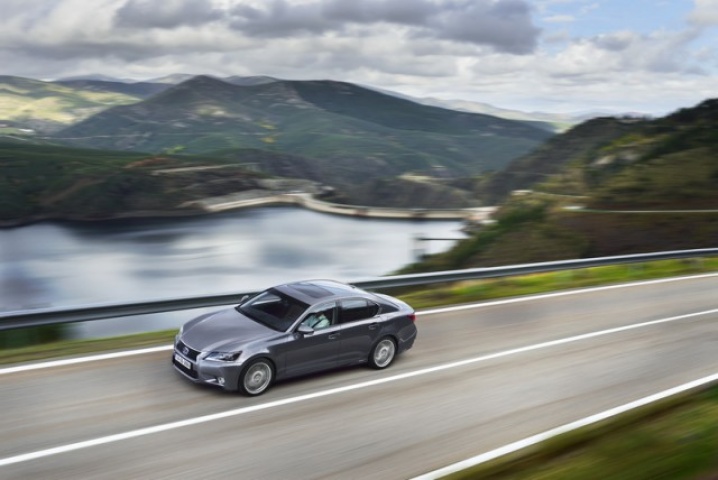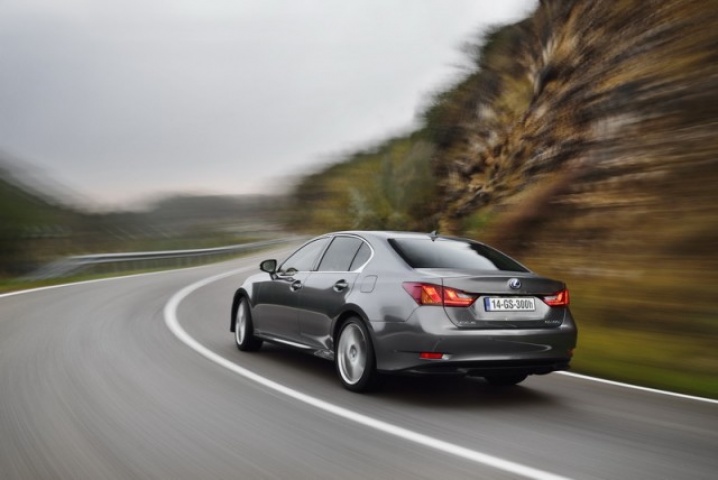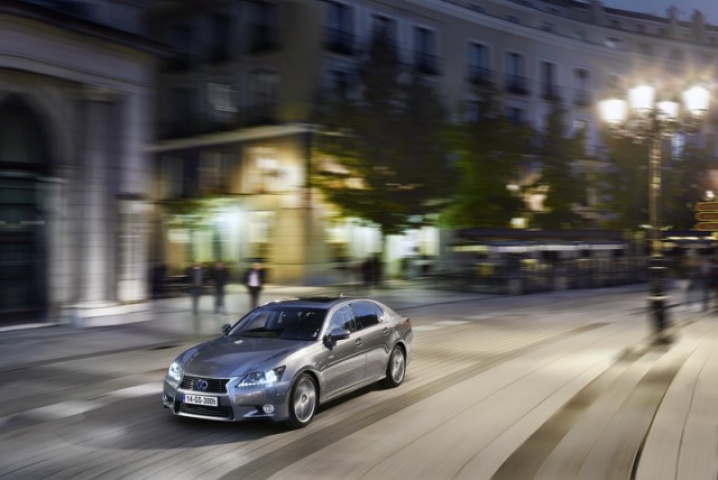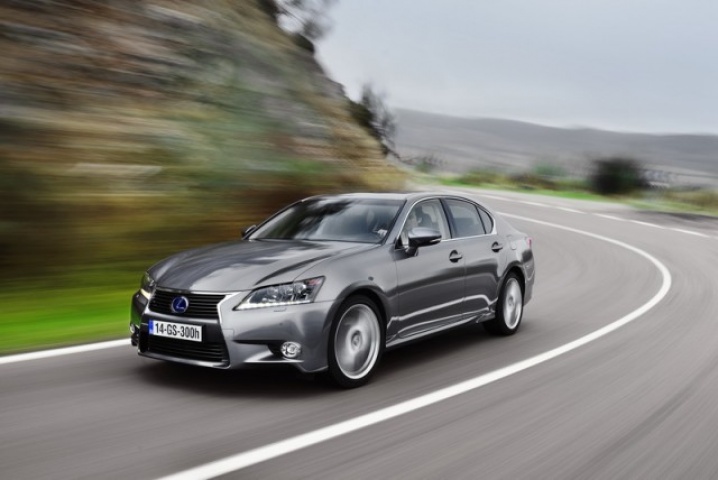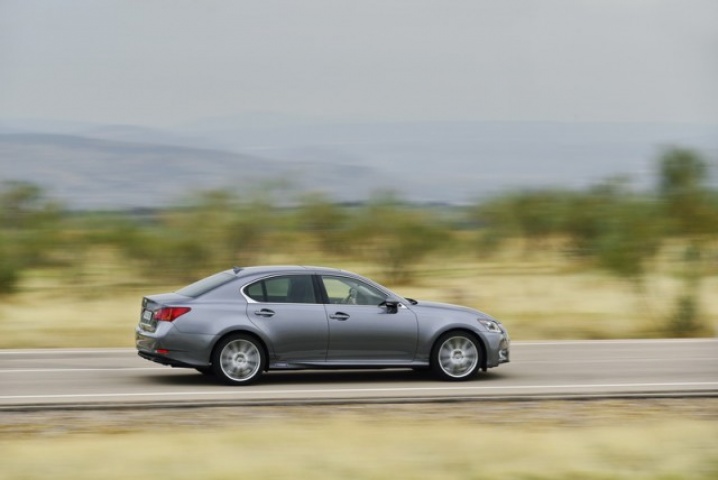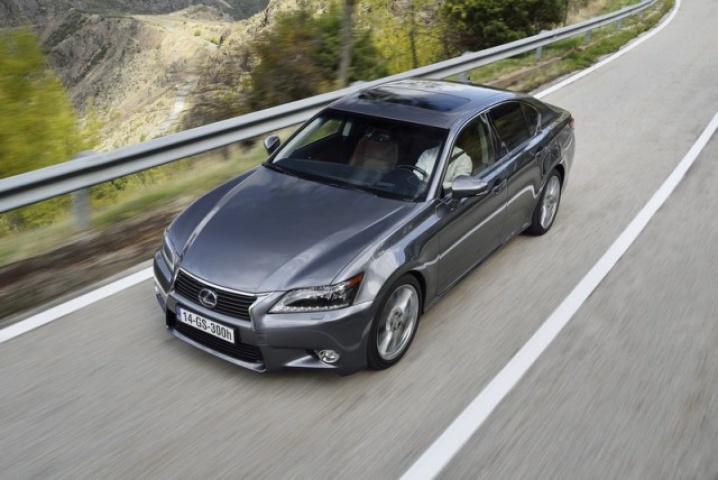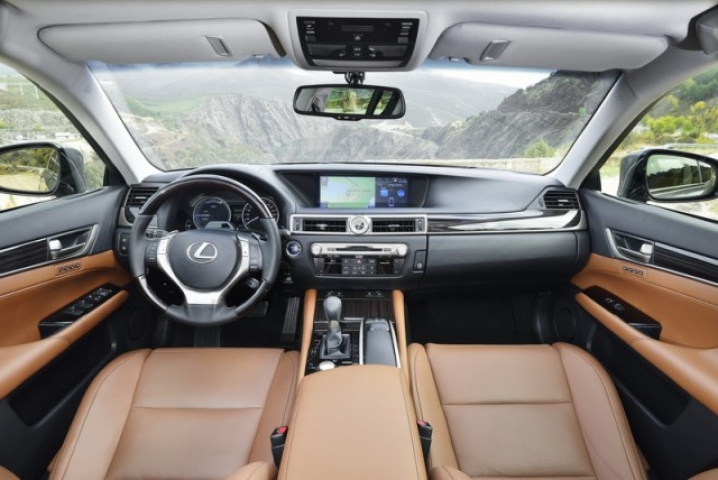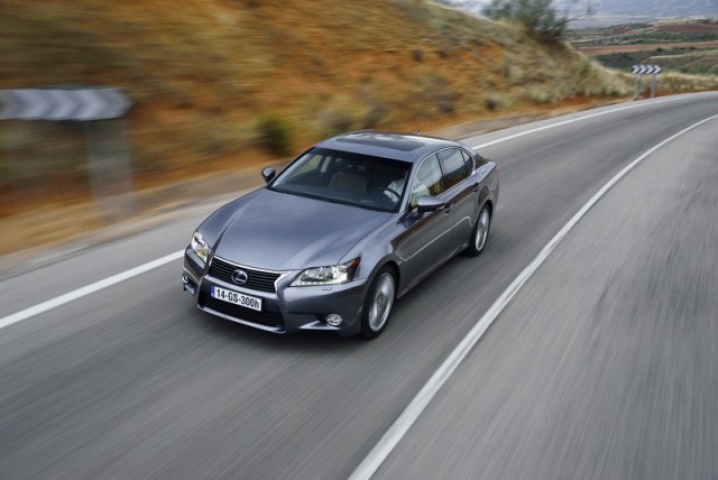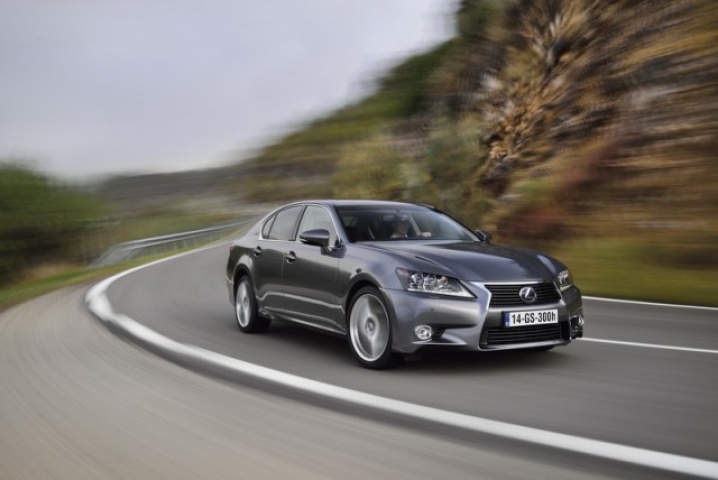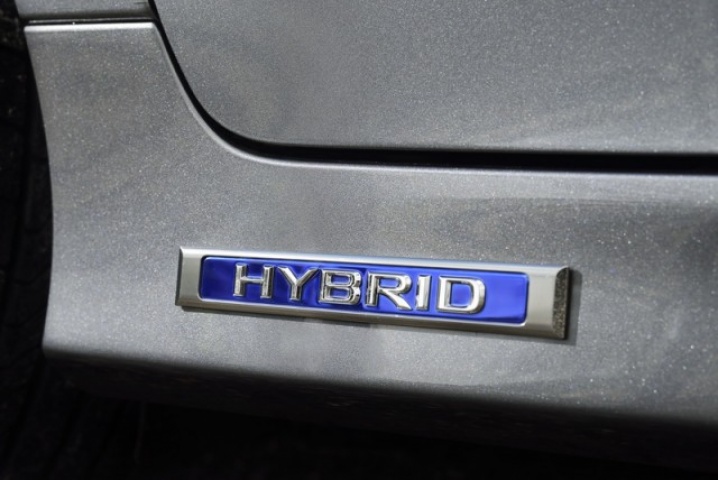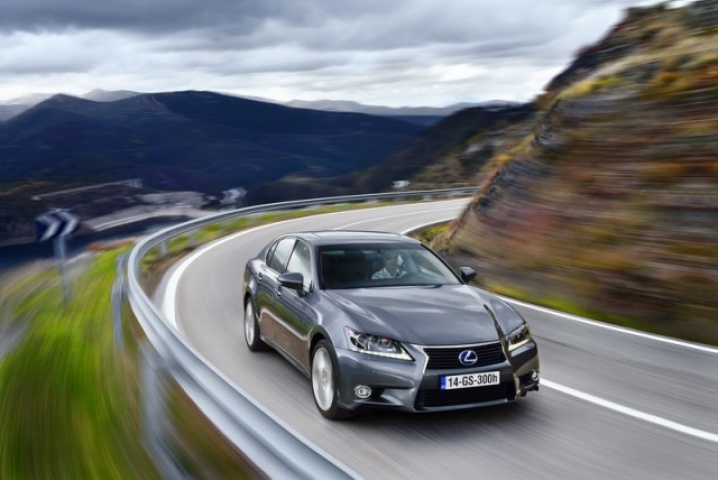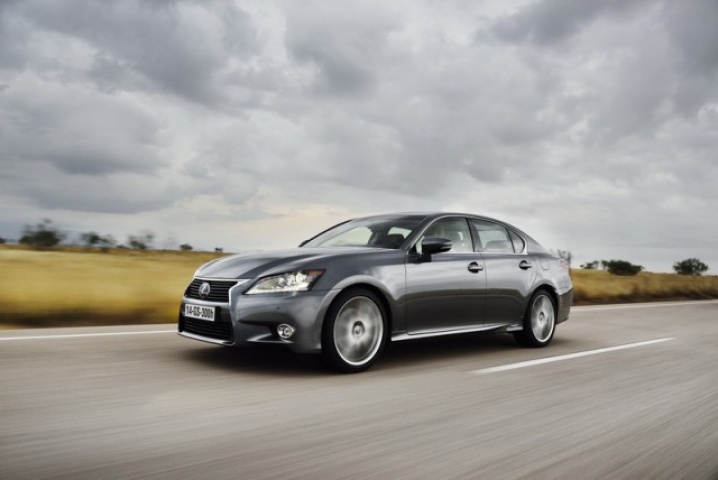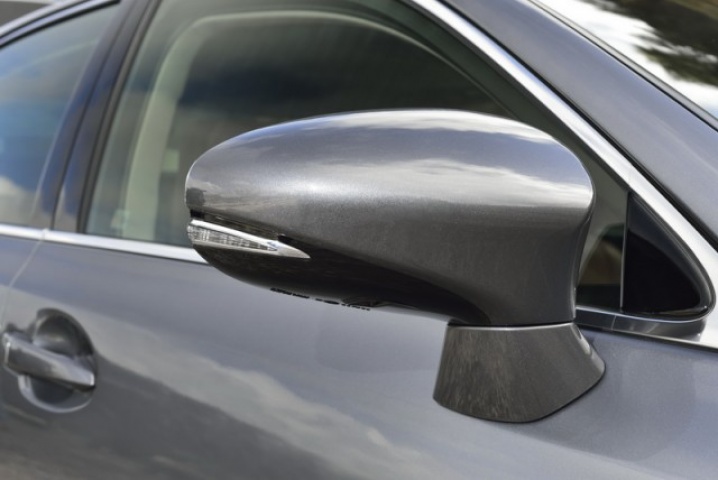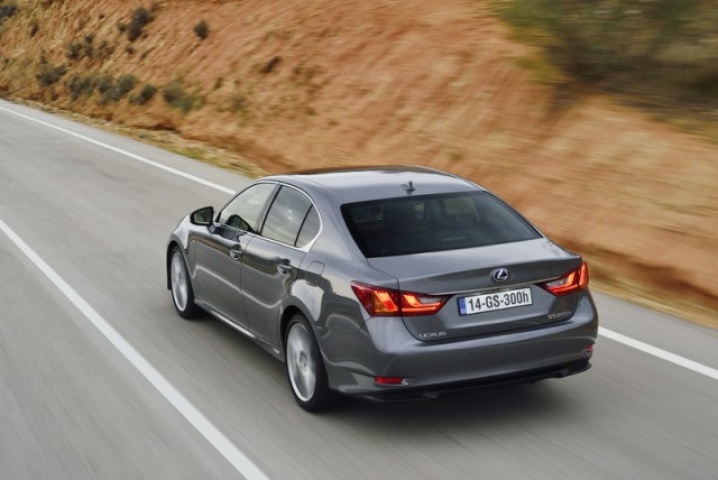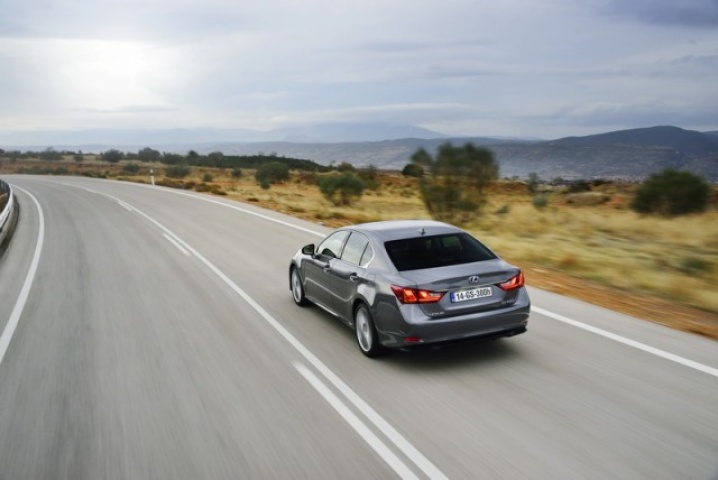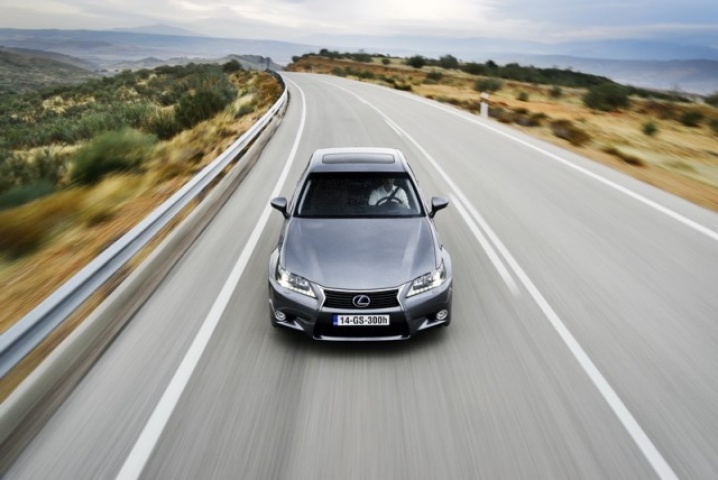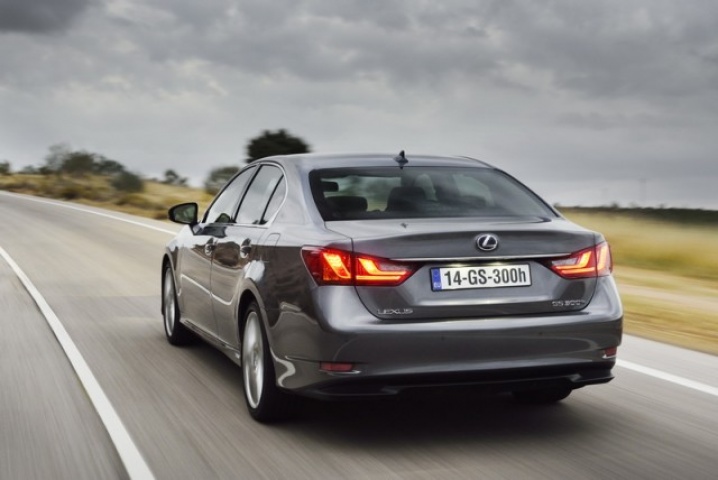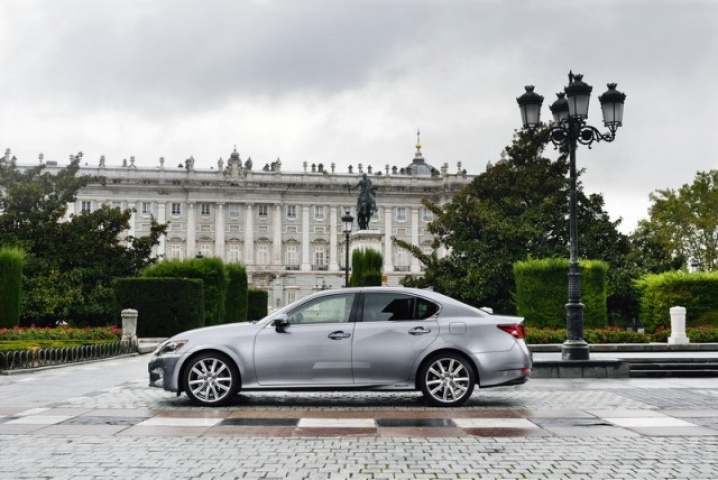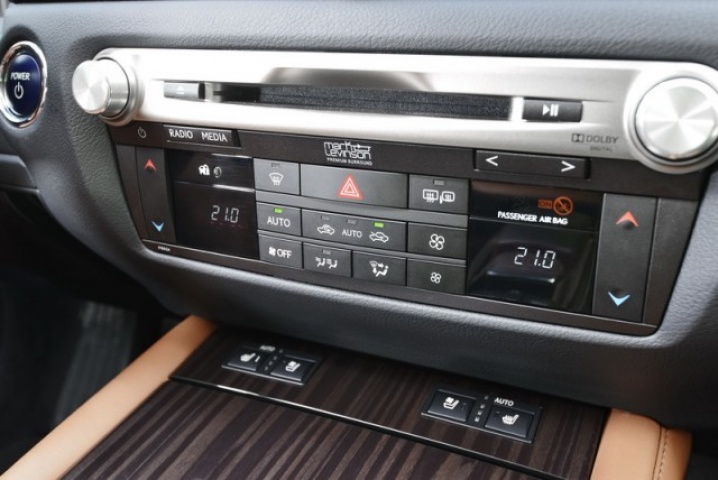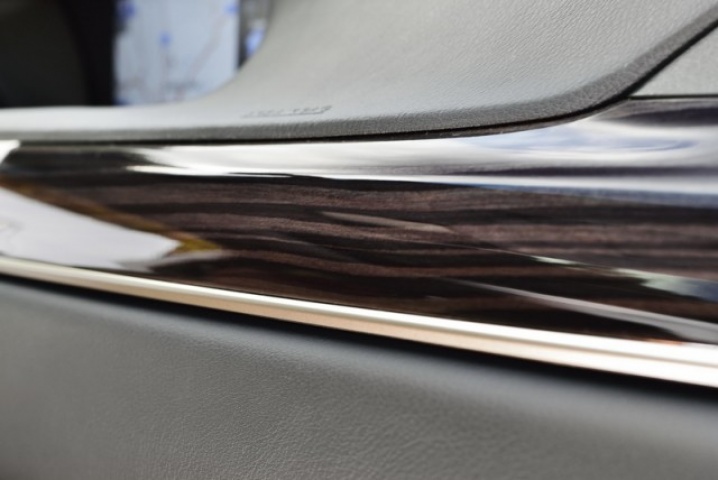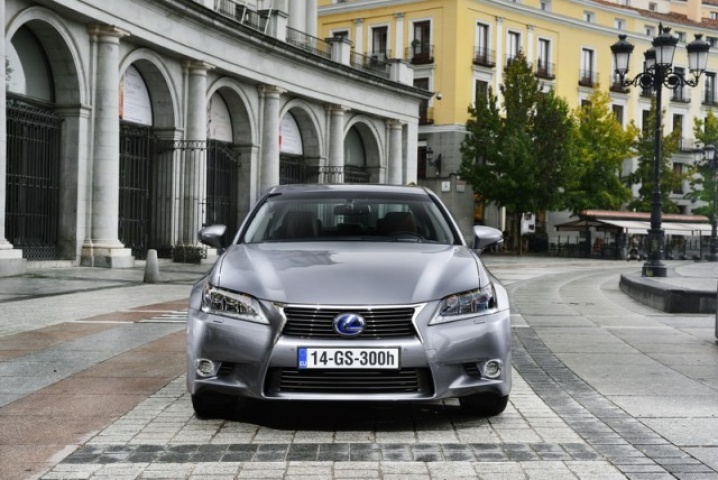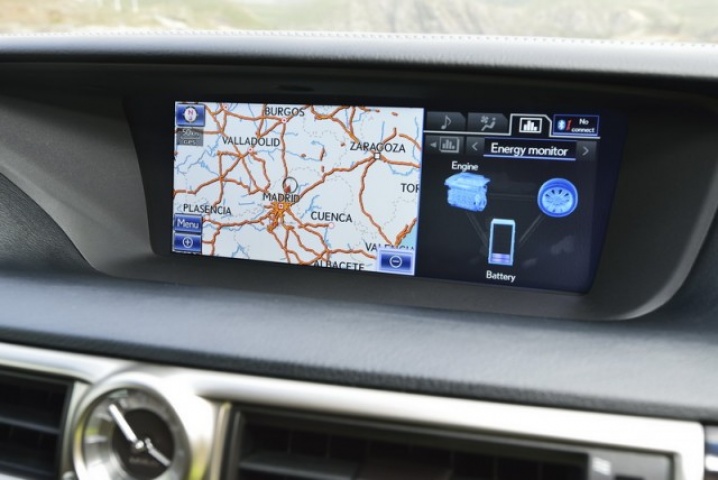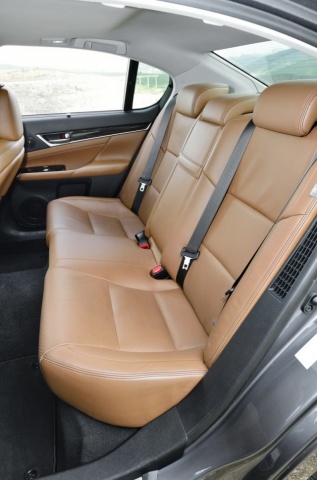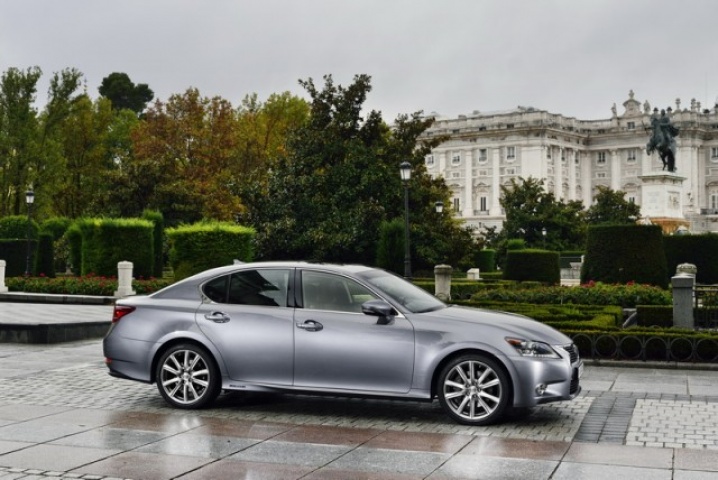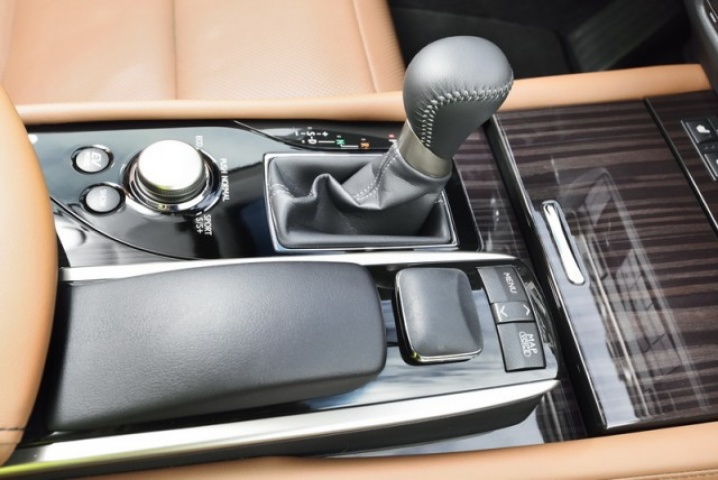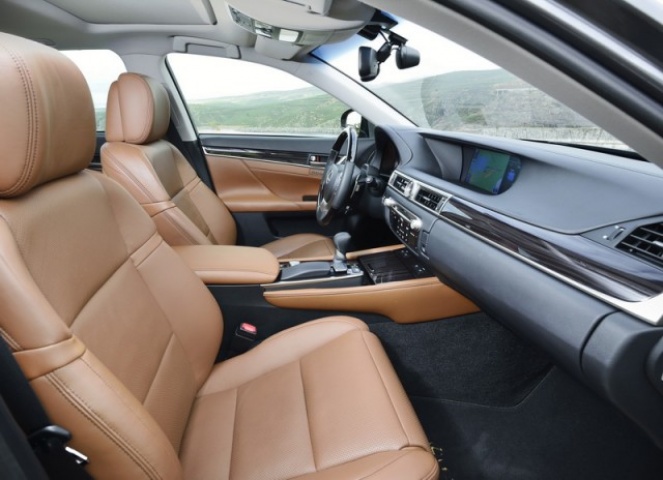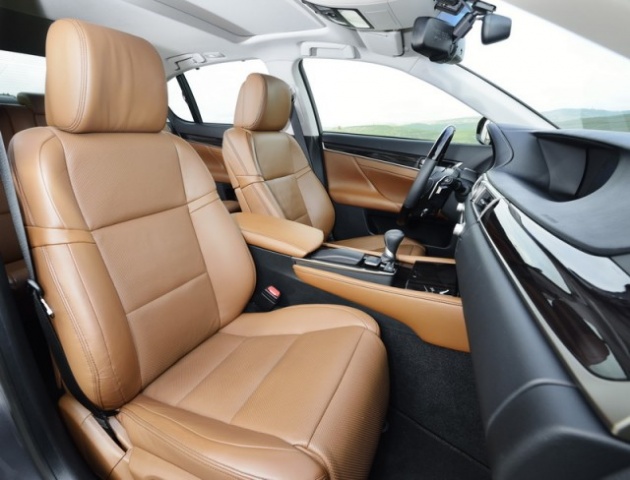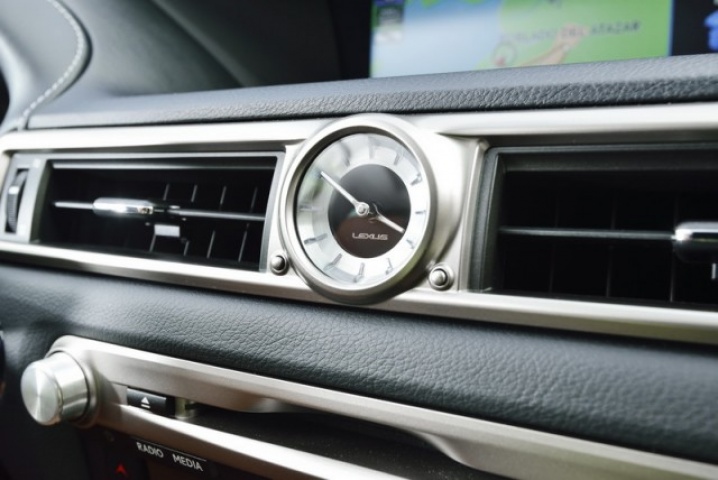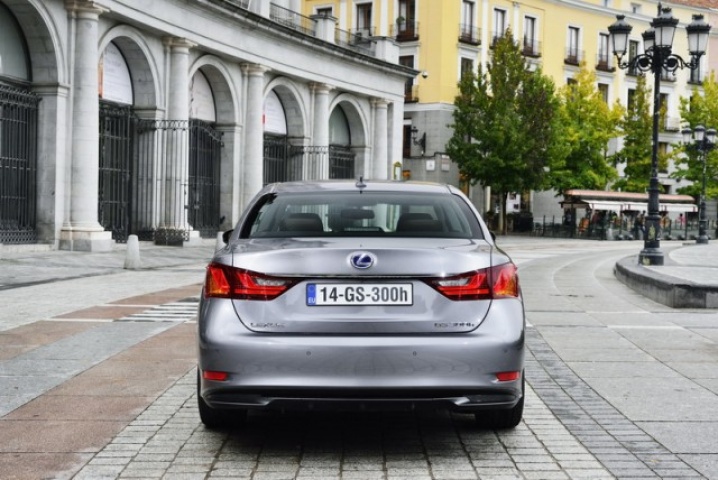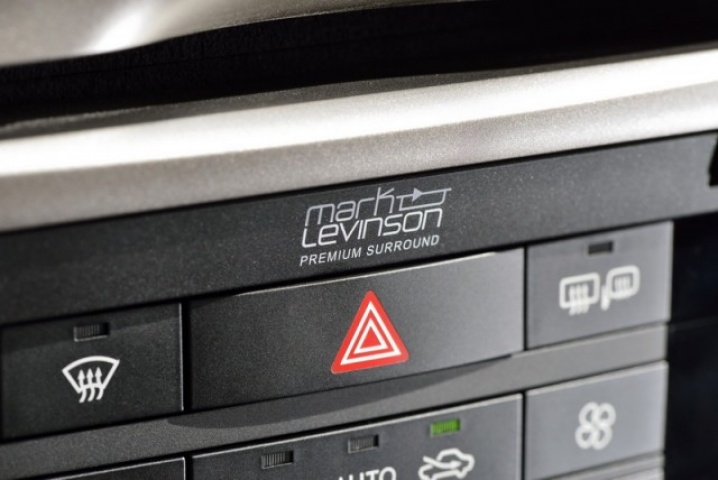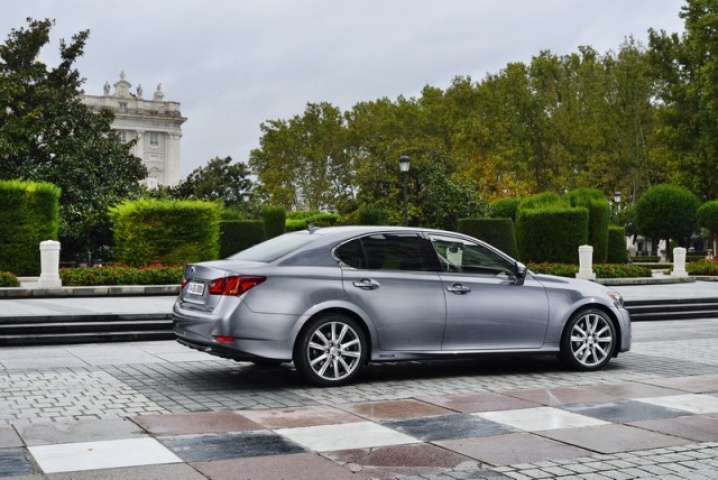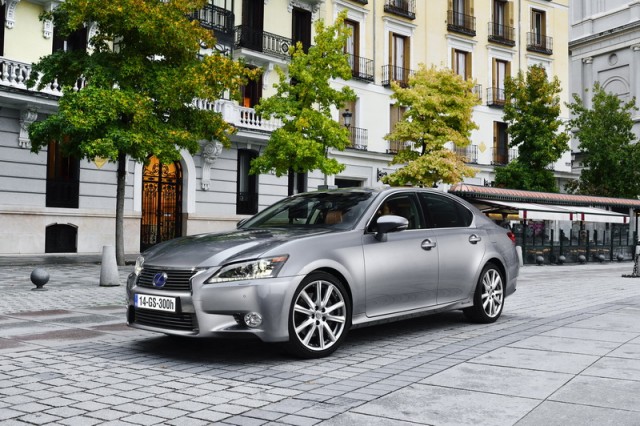Overall rating: 3.5/5
Diesel power completely dominates the executive saloon market here in Ireland, ruled by the Audi A6 and BMW 5 Series. The Lexus GS 450h petrol-electric hybrid didn't have a chance with its lofty purchase price (even if it has the performance to match), but this new entry-level version, the GS 300h, makes a better case for itself.
In the metal 3.5/5
Other than the name on the boot, there's nothing to tell the new Lexus GS 300h apart from its more expensive 450h sibling, as both have blue L logos on the grille and 'HYBRID' badging throughout. There's a bigger difference between the various trim levels and to truly appreciate the GS's design it needs to be in the more aggressive F Sport specification. It's quite colour and wheel sensitive otherwise, though can look great.
In our view, the interior of the GS is its biggest asset. The fit and finish are exemplary, the design more interesting than most in the segment and the sense of quality undeniable. There's loads of room too (though as with most cars in the class, a large transmission tunnel robs the middle rear passenger of legroom). We're not huge fans of the 'Remote Touch' controller, but the menu system is at least intuitive and the high resolution display lovely to look at. We'd recommend that buyers go for one of the high-end stereo systems on offer too, more of which below...
Driving it 3.5/5
We discovered that we liked the GS 300h much more once we played some tunes from the on-board hard disc drive and turned up the (excellent) stereo. That was enough to disguise the distinctly annoying drone from the engine that accompanies any meaningful acceleration. The problem is (we've covered this before, but it bears repeating) the functioning of the E-CVT system. This type of transmission is, theoretically, very efficient, but it's just unsatisfying to drive. Put your foot down and the engine revs flare, but there's no obvious increase in acceleration - at least not immediately. Eventually the gearing catches up and the car isn't particularly slow against the clock, but the engine noise frustratingly makes it feel tardy.
No matter which of the driving modes you select, this is the case, though performance is more sprightly in the sportier settings and the F Sport model is very accomplished, happy to attack a twisty road - possibly because of its active rear steering system.
The thing is, the annoyance of the powertrain dominates proceedings if you're in any kind of a hurry, so much so that it distracts from what seems to be a very good basic chassis. The Premium car is distinctly more comfortable and refined than the F Sport model, but both have great body control and excellent manners. The steering isn't half bad either, and the brake feel has been improved too.
In an urban environment, at suitably slow speeds, the GS is serene, and the EV mode comes into its own so the car glides along noiselessly. That at least is something the 300h has over its diesel rivals.
What you get for your money 3.5/5
On the face of it, the €49,950 starting price for the GS 300h puts it out of contention. After all, the base BMW 520d costs €45,910 - and the new (though admittedly much slower) 518d starts at €43,380. But the price gap isn't so wide if you tot up the standard equipment on the Lexus and see how much you'll pay to fit out a German alternative to the same level.
So the range starts with the GS 300h Executive model. This is the only one that ducks into Band A3 with emissions of 110g/km. It comes with HID bi-Xenon headlights, heated electrically folding door mirrors, auto lights, LED daytime running lamps, auto wipers, 17-inch alloy wheels, parking sensors all-round, an eight-inch central display screen, 12-speaker audio, aux-in and USB connectivity, Bluetooth, leather steering wheel with controls, perforated leather upholstery, heated, ventilated and electrically adjustable front seats, cruise control, electric windows all-round, dual-zone climate control and a veritable arsenal of active safety systems. That's the 'basic' model, remember.
Next up is the GS 300h Dynamic, which, for €54,950, adds satnav, a larger (12.3-inch) split-screen display, 18-inch alloy wheels and the Smart Entry system. The Premium model is the top of the tree in terms of pricing, at €64,950. It has everything the Dynamic model has, plus Adaptive Variable Suspension (AVS), automatic boot close, more advanced headlights, three-zone climate control, upgraded front seating, a leather and wood steering wheel, sunshades, upgraded leather and an astounding 17-speaker Mark Levinson stereo with 835-Watt output.
Between the Dynamic and Premium cars is the GS 300h F Sport, at €60,950. It looks much more sporting than the others thanks to bespoke body addenda, plus 19-inch wheels. It comes with upgraded headlights, the AVS chassis, Smart Entry, satnav with the bigger display, an electric rear window blind, upgraded front seats trimmed in F Sport specific perforated leather, plus other touches inside and out to differentiate it. Along with all that comes 'Lexus Dynamic Handling', which groups together five-step VDIM (Vehicle Dynamics Integrated Management), Dynamic Rear Steering (DRS) and Variable Gear Ratio Steering (DRS). The result is a very different car to drive than the others, if not quite as comfort oriented.
Note that the Dynamic and Premium models emit 113g/km, while the F Sport version produces 115g/km, so they're all in Band A4, which costs €200 per annum to tax. Purchase prices quoted include the Government hybrid VRT rebate of €1,500.
For the record, though Lexus quotes 5.0 litres/100km (56.5mpg) for combined cycle consumption for the F Sport model, we managed only 8.4 litres/100km (33.6mpg) on a far from spirited drive through the countryside. The massive gap is due to the fact that the combined cycle includes a lot of low-speed driving, where the GS can make good use of its EV mode. We rarely had an opportunity to benefit from it and drivers that spend all day on the motorway won't either.
Worth Noting
Japanese manufacturers hate to say too much about future product, and though the GS chief engineer was interrogated he let very little slip. Saying that, when asked if there would be a petrol-only GS F model the answer was "no comment", where as when questioned about the possibility of a GS estate of some description it was a clear "no way". Let the speculation begin... After all, we know that the new Lexus RC F Coupé will be powered by a 5.0-litre V8 petrol engine, which could slot in nicely, plus the GS is offered with all-wheel drive in some markets. Could make an interesting alternative to the Audi S6 for instance.
Summary
Unquestionably, the 300h powertrain brings the Lexus GS closer to its big-selling diesel rivals in terms of affordability and appeal. It's still not as satisfying to drive, and, over high mileages, not as economical. However, it promises low running costs elsewhere and is the best car in the class for driving around town in. It remains an anomaly of the market, if one that will sell in greater numbers than before. Certainly worth a try.

